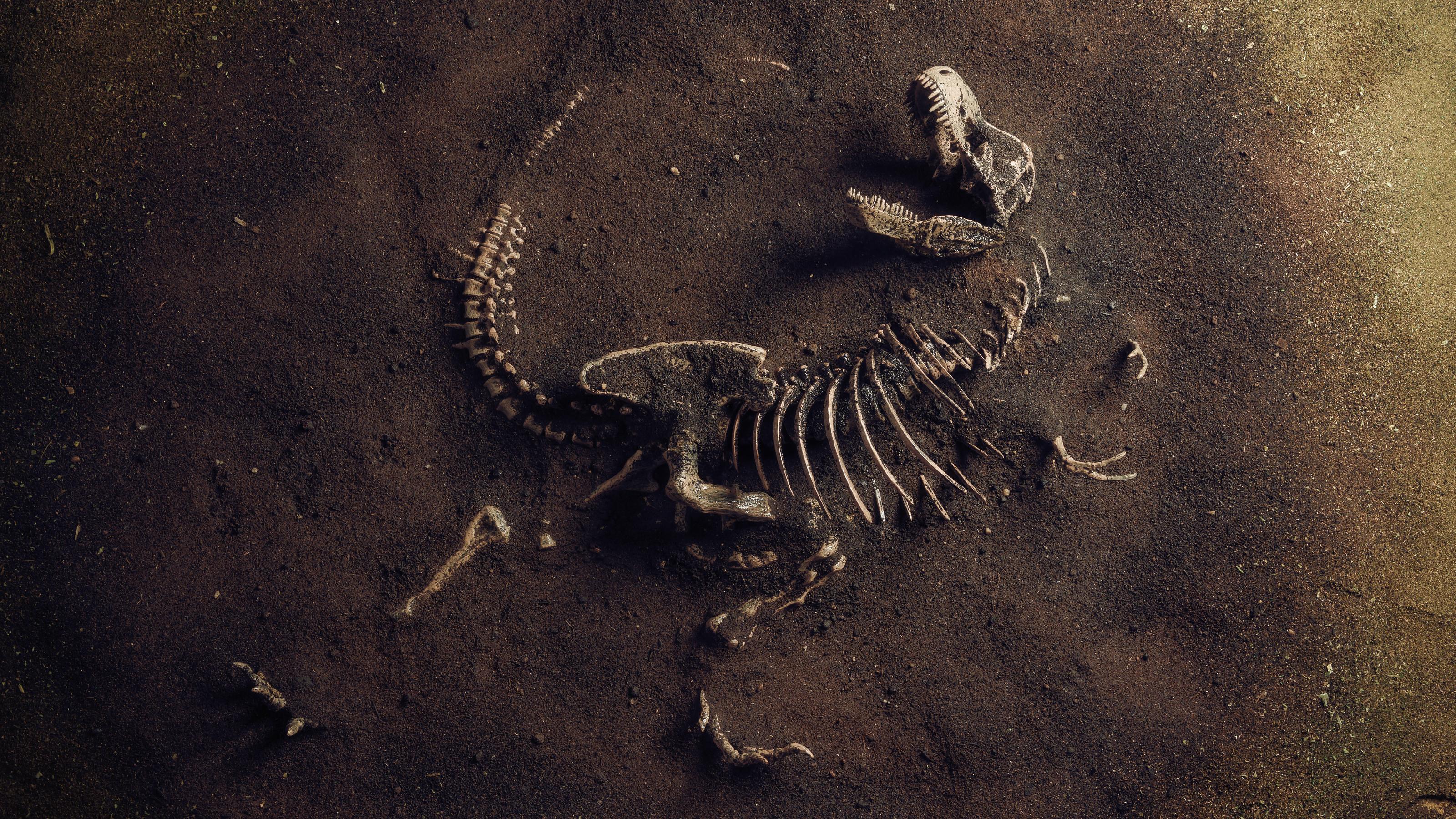What Is Really Causing the Spate of Sudden Animal Deaths?

The Internet has been burning up this past week as massive groups of animals around the world have been suddenly dying en masse. We hear reports from Sweden, Louisiana, Arkansas, etc. and the list grows every day. We are starting to see similar incidents all over the world and it seems each week brings new reports. A recent story from AOL World News states “Other animal die-offs in the past two weeks include reports of 40,000 dead crabs washing ashore near Kent, England, hundreds of snapper fish dead in New Zealand, 150 tons of red tilapia dead in Vietnam, 500 jackdaws crashing to their death in Sweden, more than 450 birds falling onto a Louisiana highway and a mass of dead fish in a Florida creek.” Another incidence happened just recently when thousands of turtle doves fell from the sky.
Upon examinations of the dove’s, scientists have discovered that there was a small blue stain inside it’s beak. It was thought that the blue stain could have been caused be a lack of oxygen or some type of poison but the full results should take about a week.
Conspiracy theories are rampant, and it’s been suggested that the deaths could be a result of UFOs, government tests, or even secret weapons.
But there are three real possibilities behind this mystery:
a) Toxic Chemicals
b) Pathogens and Disease
c) Trauma
The first possibility (toxic chemicals) can be safely ruled out—at least in one case—since 95% of the 100,000 fish that died in Arkansas recently were of one species: bottom-feeding drum fish. The mature male drum fish have a series of muscles that are uncommon amongst other fish. When the fish is swimming, those muscles can vibrate against the swim bladder making a noise that doesn’t sound far off from a drum in the distance. We can assume that it wasn’t poisons that killed this one species because poisons would have affected many species as well. So disease is probably the reason behind the fish die-off, though it will take a month or so to culture the pathogens and determine for sure. We are also hearing stories of dead fish washing up on shores at an alarming rate. Over two million dead fish have reportedly washed up on shores of Maryland’s Chesapeake Bay recently. The Chesapeake Bay area is experiencing their coldest December in almost 25 years and the state’s Environmental Department reported that it rapid temperature drop in the water. Other reports are showing up in Europe, Brazil, and Asia; Not to mention that on Wednesday, thousands of fish washed ashore on Folly beach in South Carolina.
For the 5,000 red-winged blackbirds that suddenly died recently in Arkansas, the cause was probably blunt trauma. Autopsies show massive internal bleeding near the breast, consistent with a violent collision. But, what caused it? Red-winged blackbirds are a bit different from other birds. They are extremely common (200 million in the U.S.), have poor eyesight, and also fly in tight formation (to save energy). But if the lead bird is disoriented (due to thunderstorms, lightning, fireworks, or downdrafts or micro bursts), it can plow into the ground or into houses, taking the entire flock with it. So most likely, the culprit is mass suicide caused by the disorientation of the lead birds, causing the entire flock to plow into the ground, trees, buildings, each other, etc. Micro bursts or sudden downdrafts may have also disoriented the birds. These are violent downdrafts which are very unpredictable. In the past, fatal airline accidents have been linked to these micro bursts, which will actually push a plane into the ground as it lands, causing a crash.
Mass suicides are actually not uncommon in the animal kingdom. Look at lemmings: thousands will commit suicide by walking over a cliff, following their leader. In fact, over the past 30 years, about 16 mass die-offs of blackbirds have been recorded in the U.S.—about one every other year, involving over 1,000 blackbirds each time.
So these events really do happen all the time, except we are unaware of them, until something pushes these events into the national media, such as simultaneous die-offs. In fact; In the past eight months, the United States Geological Survey’s National Wildlife Health Center in Wisconsin reports that it “has logged 95 mass wildlife die-offs in North America and that’s probably a dramatic undercount… The list includes some 900 turkey vultures that seemed to drown and starve in the Florida Keys, 4,300 ducks killed by parasites in Minnesota, 1,500 salamanders done in by a virus in Idaho, 2,000 bats that died of rabies in Texas, and the still mysterious death of 2,750 sea birds in California. On average, 163 such events are reported to the federal government each year, according to USGS records. And there have been much larger die-offs than the 3,000 blackbirds in Arkansas. Twice in the summer of 1996, more than 100,000 ducks died of botulism in Canada.”





